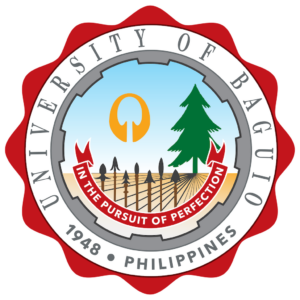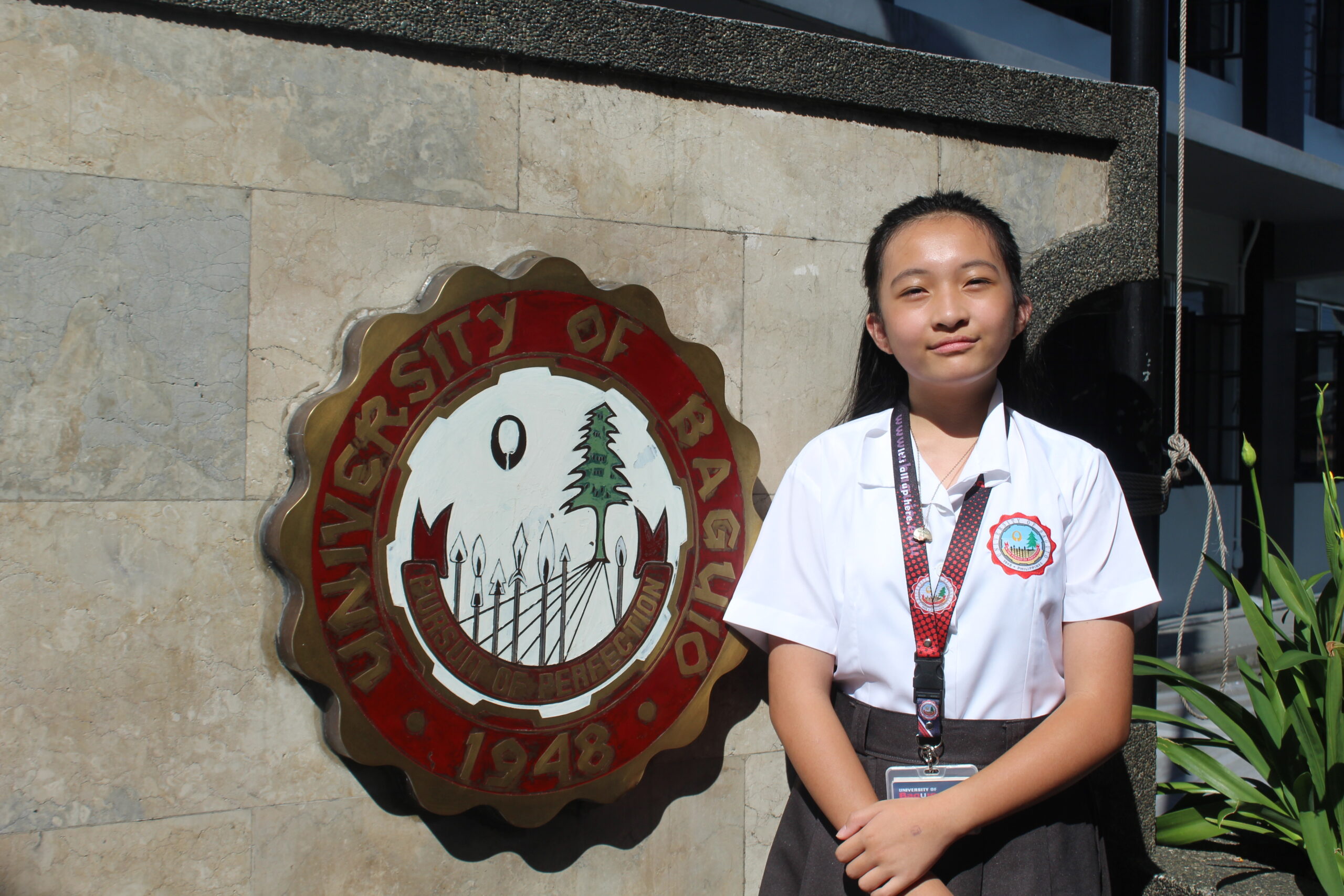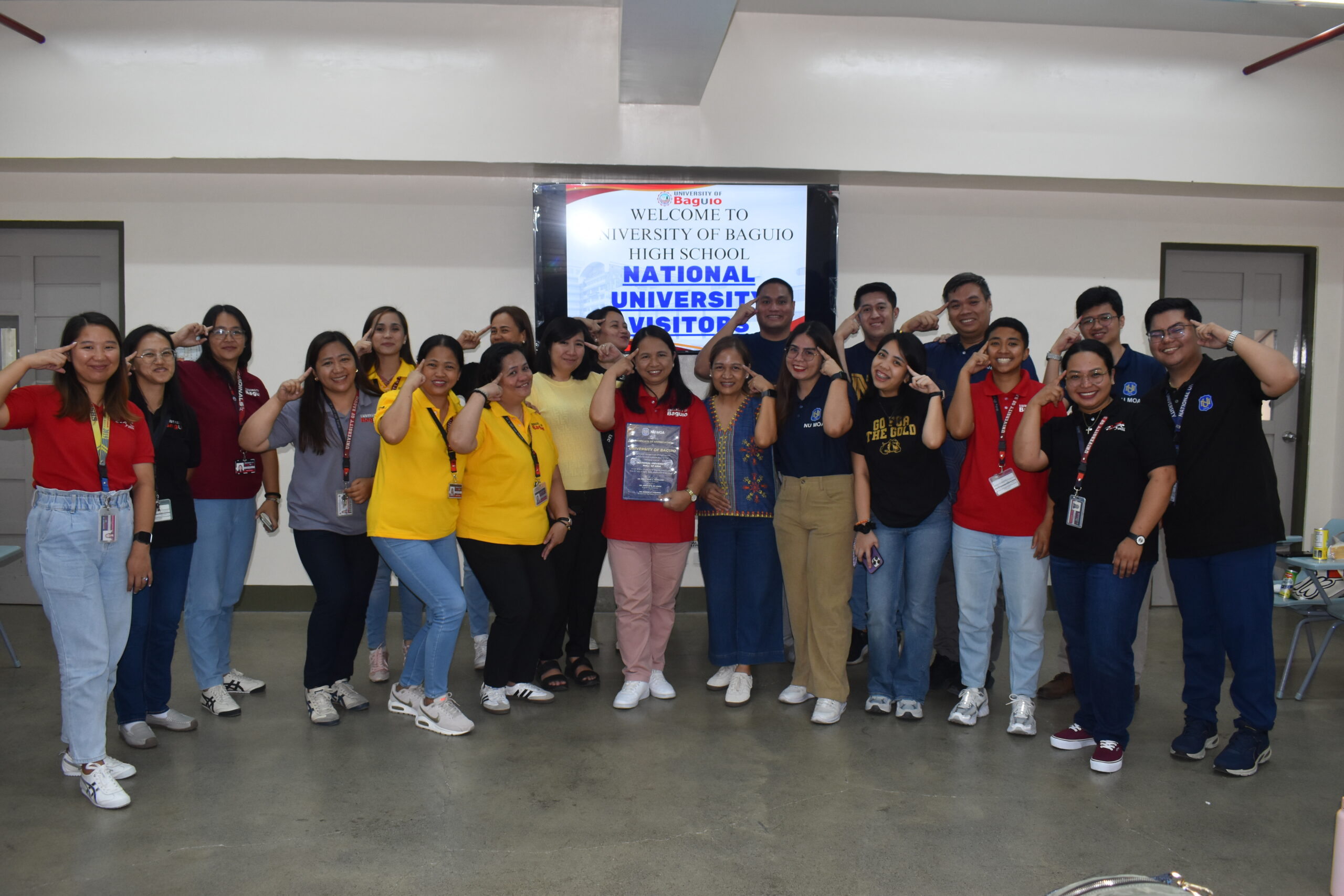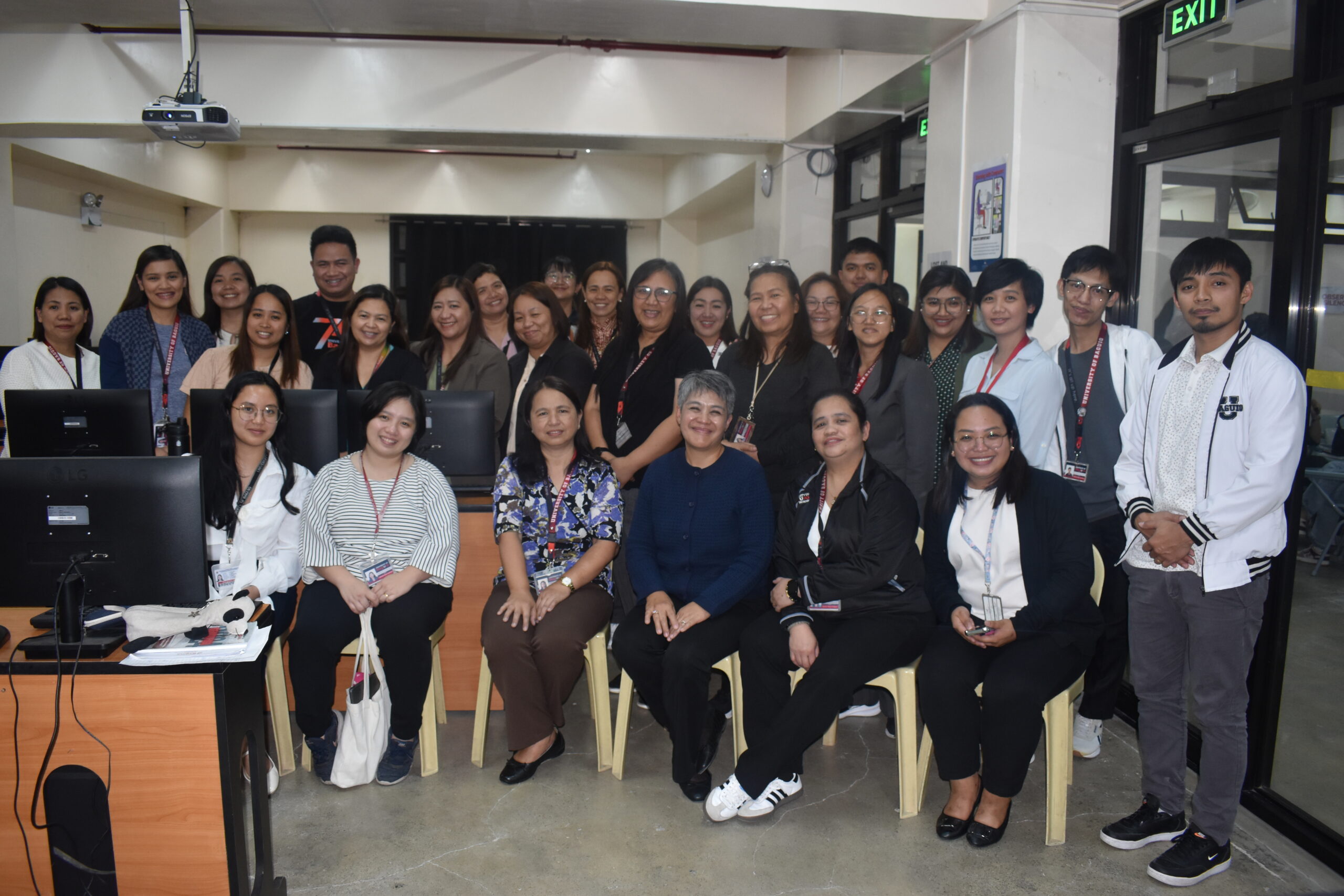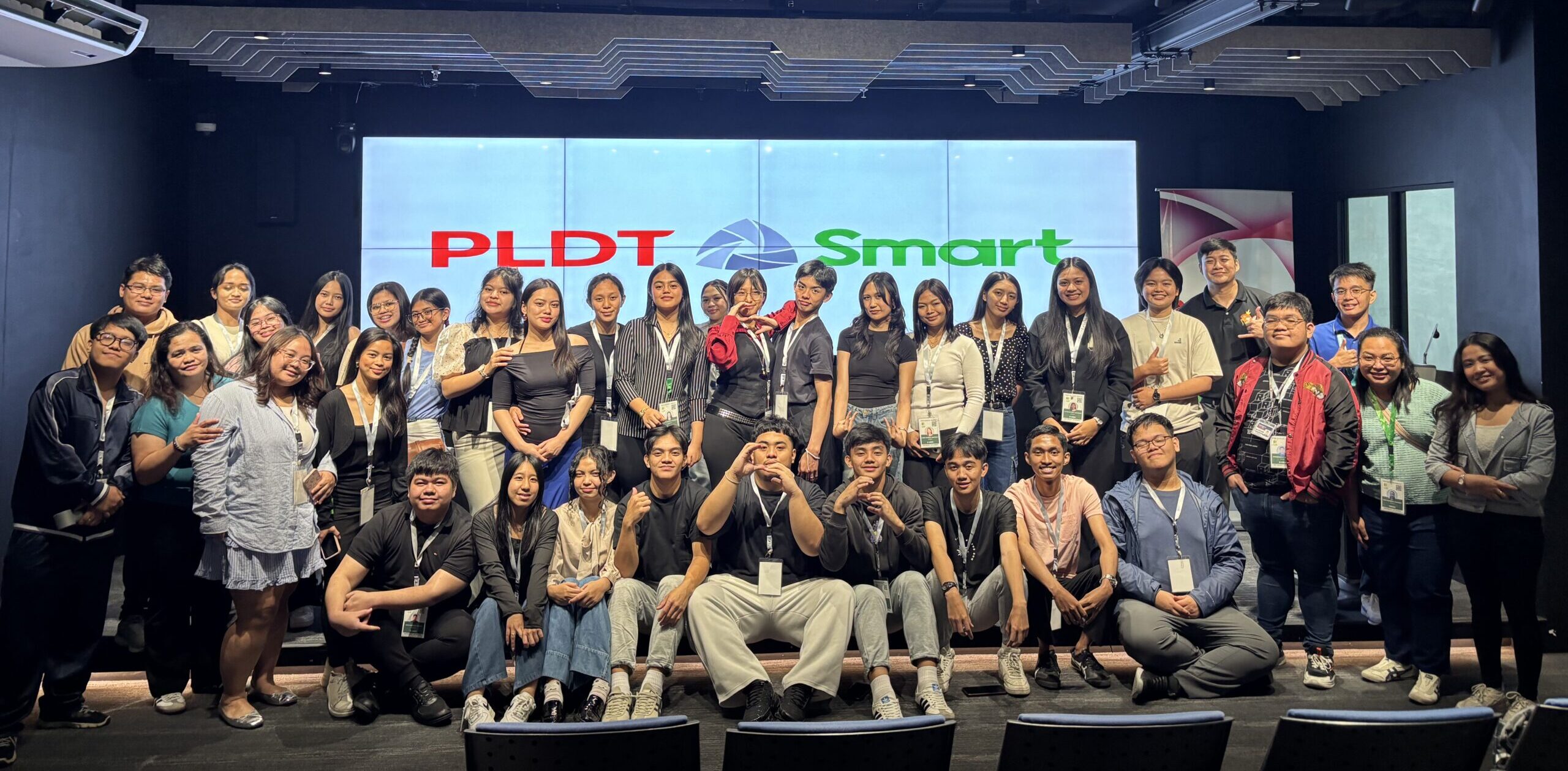by Joy Roque
In the bustling City of Baguio, on August 8, 2024 in the school’s Legacy Building, a remarkable cultural exchange program spearheaded by the UBHS Social Science teachers in partnership with the SUMIKA organization under the TAHANAN program headed by their Community Project Coordinator Ms. Wryneth Gay Mayapit took place. The SUMIKA is a Philippines-based project dedicated to fostering cultural exchange and understanding between Filipinos and the global community. Through interactive activities, both online and in-person, they create immersive experiences that bridge cultures.
One of their initiatives is TAHANAN, a community-based immersion and homestay program in the Cordillera region. They work with local families to design unique experiences for participants, currently focusing on university students from Japan. This event brought together sixteen students from Japan, driven by the goal of making connections, along with more than forty Filipino students from UB High School for an unforgettable day of shared experiences, sealed by a memorandum of understanding a day before the event.

Dr. Marivic B. Mutong on August 7,2024 at the Legacy Building, University of Baguio
The program began with an opening ceremony, where students from both countries were welcomed and introduced to the day’s activities. After the UBHS Alumni showcased a Cordilleran cultural dance, the Japanese students responded with a hip-hop performance and a song about farewell and separation. The students embarked on a quick campus tour following the ceremony, familiarizing themselves with the host institution and its facilities.


The heart of the program lay in the breakout sessions, where the students had the opportunity to explore various aspects of Japanese and Filipino culture. In one room, students were immersed in the art of Japanese calligraphy and writing, learning the intricate techniques and traditions behind this ancient practice. In another, they engaged in a disaster preparedness workshop, equipping themselves with the knowledge and skills to navigate emergencies. Our students were surprised to discover that Japan’s emergency food and alarm systems differ significantly from those in the Philippines.
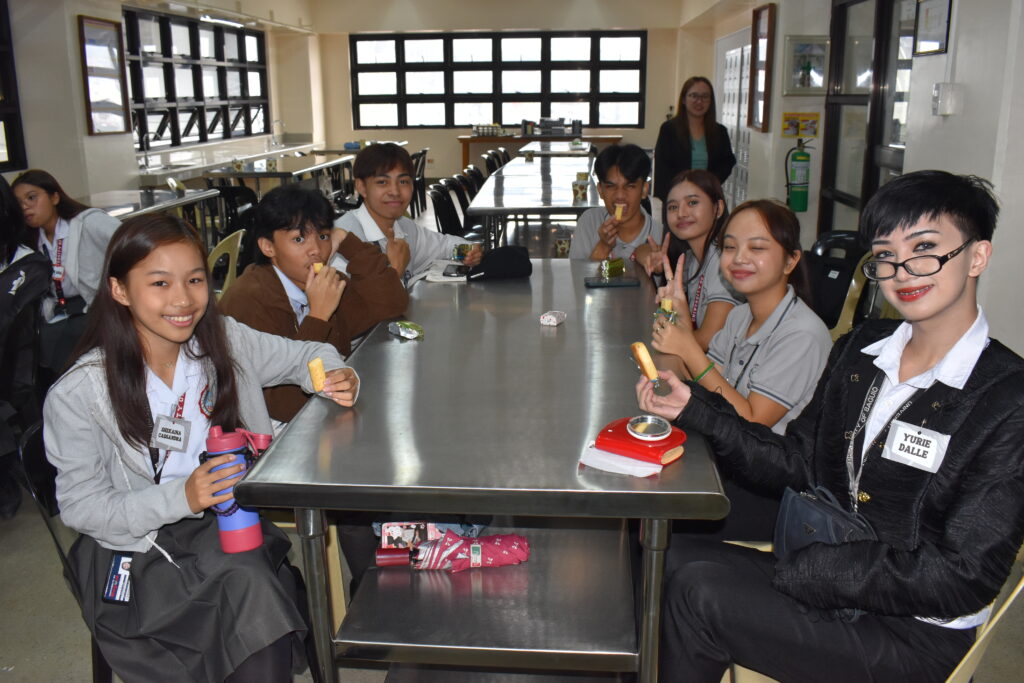
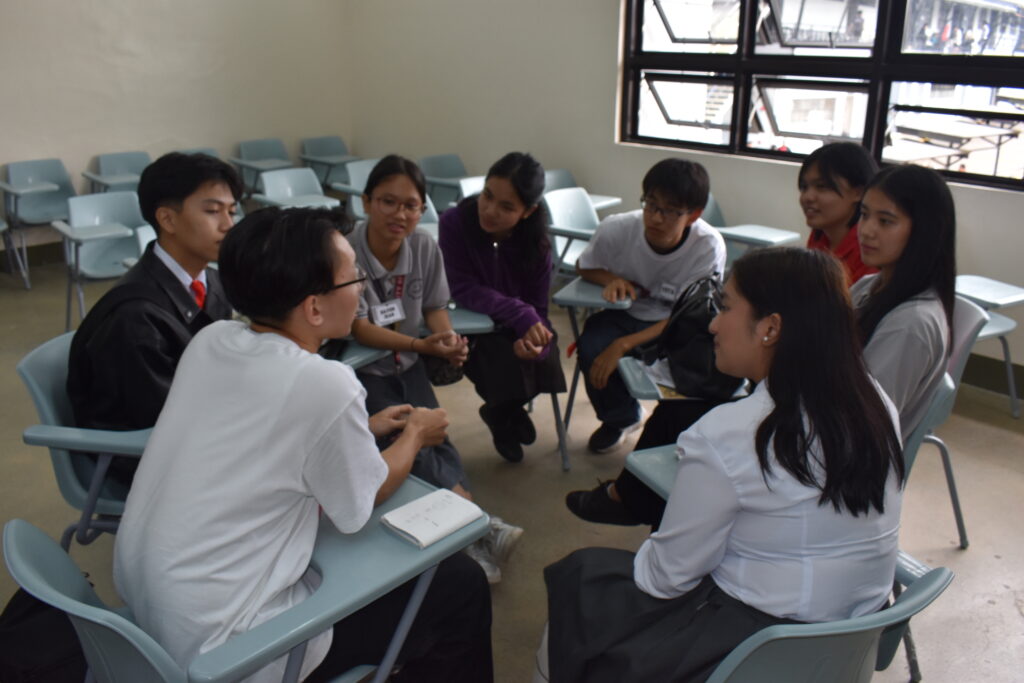
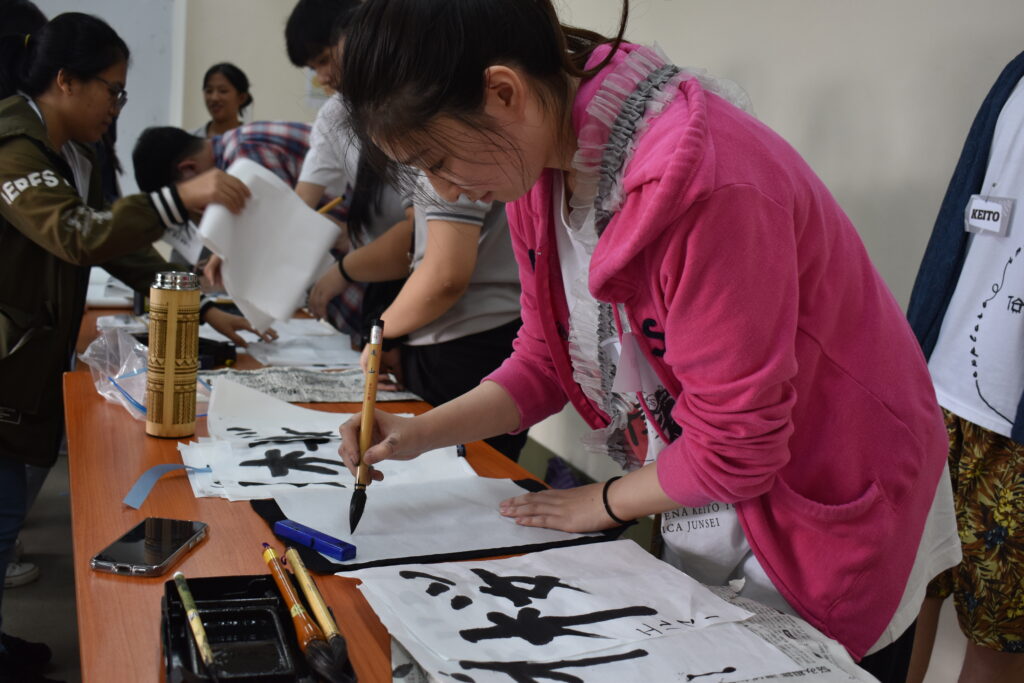
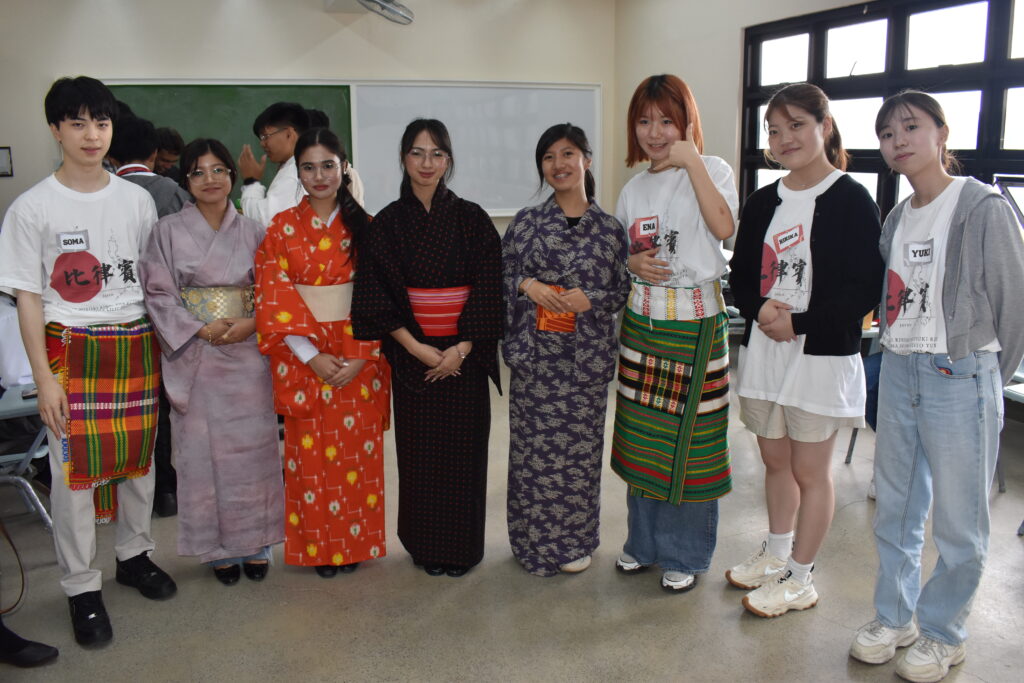
The cultural exchange room was a hub of lively interactions, as students donned traditional Japanese kimonos and Cordilleran attire, sharing the significance and symbolism of these garments. In the same space, was a corner for interactive games adding to the vibrant atmosphere. The final session was dedicated to discussions on future careers, where students from both countries engaged in fruitful dialogues, exploring opportunities and exchanging perspectives on their professional aspirations. One participant expressed a desire to establish a center for children in need, while another aspired to advocate for the protection of endangered species like polar bears. The session concluded with a group dynamics activity in which participants were shown a picture and asked to guess its meaning and relate it to ways we can collaborate for a better future.
The day culminated in a celebratory “boodle fight,” prepared by UBHS faculty members headed by the Cookery Department with the Science Department, where students savored the rich flavors of Filipino cuisine, sharing a communal dining experience that transcended cultural boundaries.
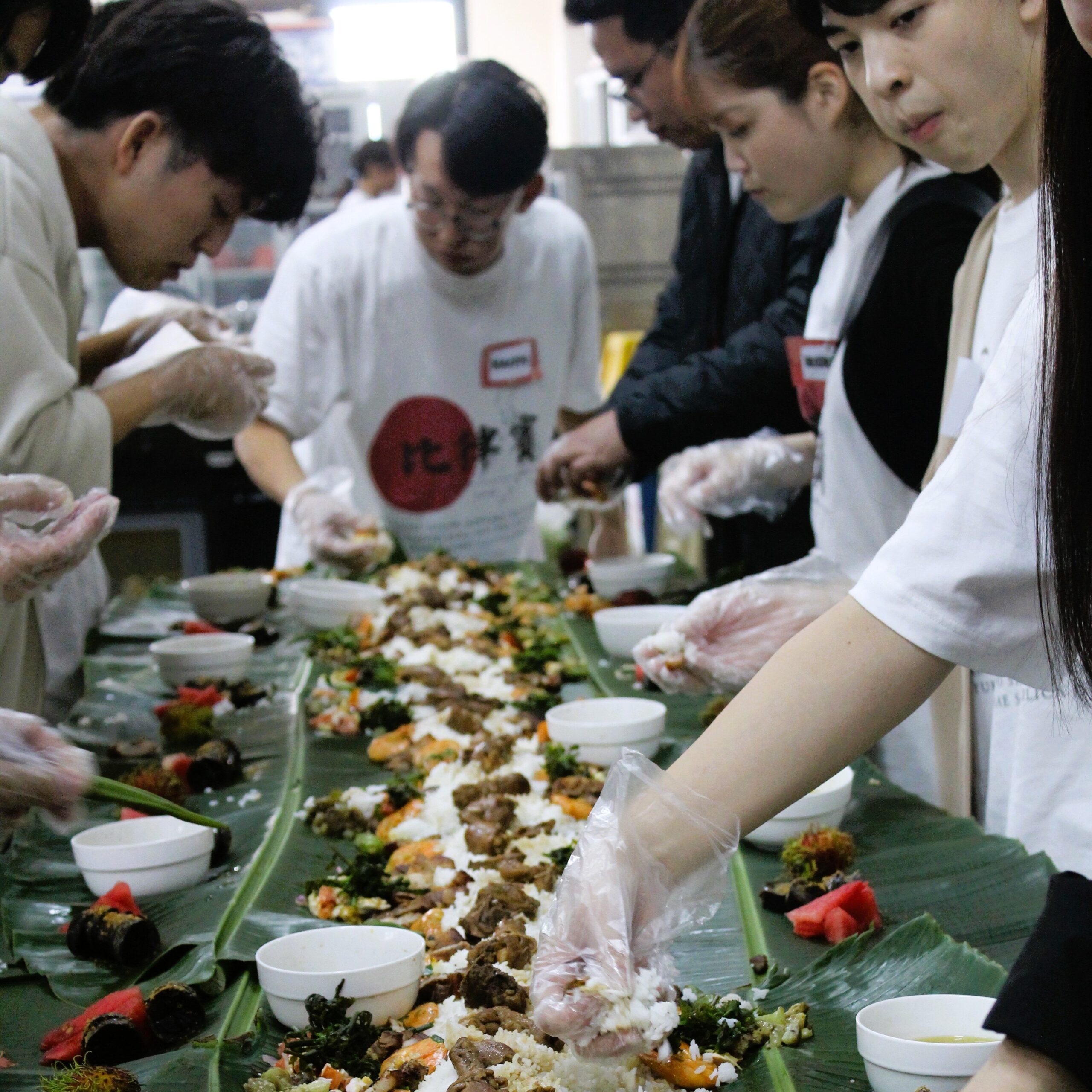
The cultural exchange program was a resounding success, fostering meaningful connections and a deeper appreciation for the diverse cultural heritage of Japan and the Philippines as evidenced by the comments “We hope to do this again next time” and “We had fun conversing with them, we hope this event will be extended” .Through this immersive experience, students from both countries were able to develop cultural awareness and enhance their intercultural competence, laying the foundation for future cross-cultural collaborations and global leadership. The program also supported the SDGs, particularly the goals of quality education and partnership for the goals, as demonstrated through this internationalization effort.

